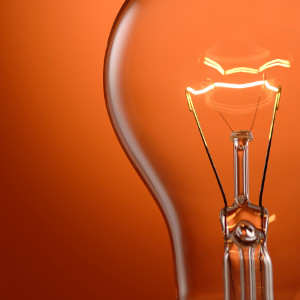The total energy available using OTEC systems is one or two orders of magnitude higher than other ocean energy options such as wave power, but the small size of the temperature difference makes energy extraction difficult and expensive. Hence, existing OTEC systems have an overall efficiency of only 1% to 3%.
A unique feature of OTEC is the additional products which can readily be provided: food (aquaculture and agriculture), potable water, air conditioning, and other benefits. In large part, these arise from the pathogen-free, nutrient-rich, deep cold water. OTEC is therefore the basis for a whole family of Deep Ocean Water Applications (DOWA), which can also benefit the cost of generated electricity. Potable water production alone can reduce electrical generating costs by up to one third and is itself in considerable demand in most areas where OTEC can operate. It is estimated that an OTEC device can produce 2,360 m3 of desalinated water per day per MW. Therefore a 50 MW plant could produce 118,000 m3 of desalinated water per day.
Sea water air conditioning (SWAC) is another promising use of DOWA/OTEC. Five such devices are in operation and two are under development. Progressively plants are using deeper sources of water. All work using the following principles:
Water is pumped from a deep cold water source (ocean or lake).
The water is passed through a heat exchanger.
A closed-loop fresh water distribution system is pumped through the heat exchanger cooling the water.
The cooled water is distributed to buildings for air conditioning.
These devices have higher capital costs than conventional air conditioning devices, but lower annual costs. Installations may be eligible for carbon credits as they generally use less energy than conventional air conditioning plants. The amount of credits will depend upon the location and type of installation.






